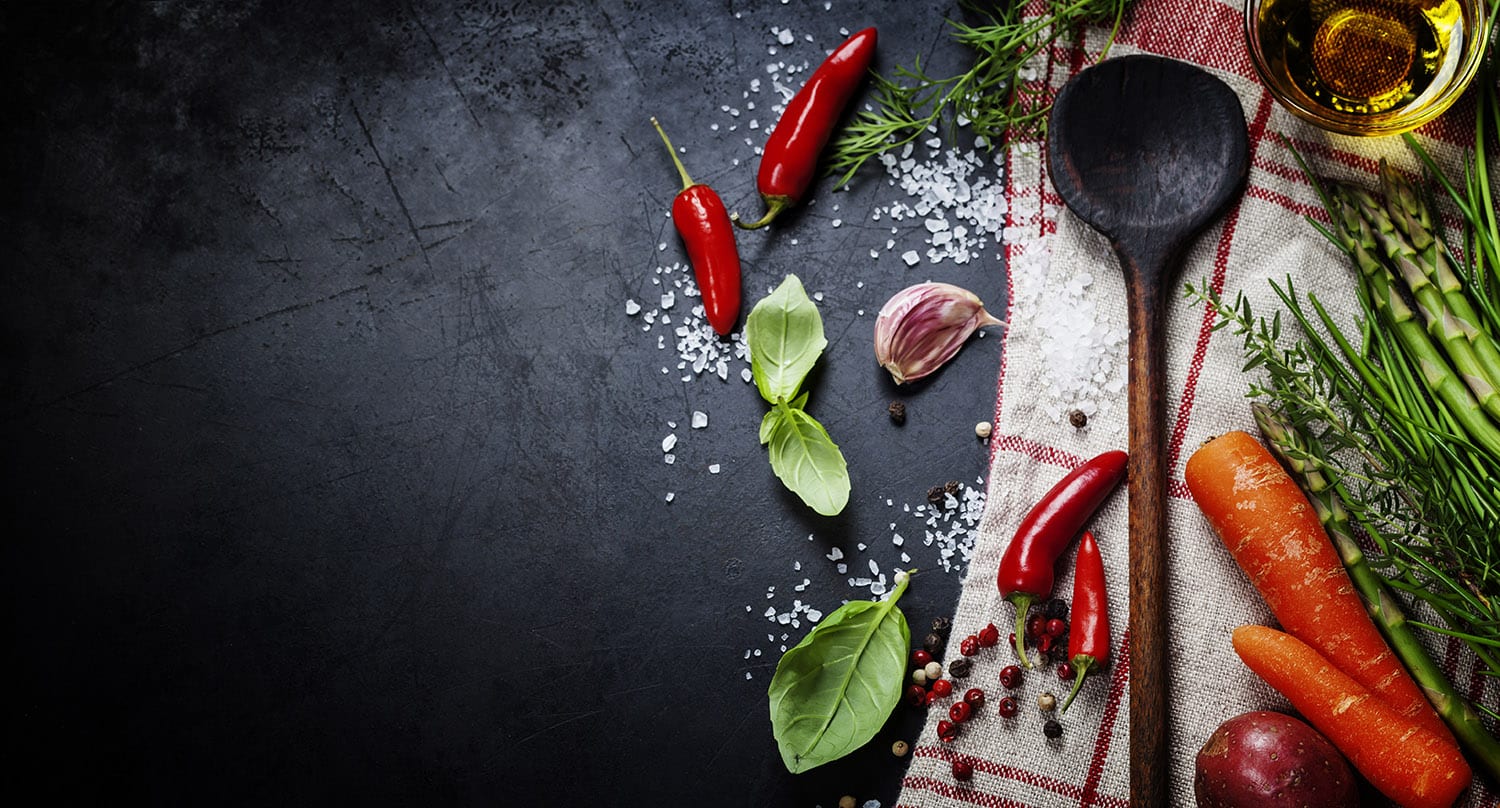The food processing industry is one of the oldest industries that have witnessed drastic revolutions since it started. Depending on the kind of food products processed, there have been numerous shifts in the techniques of food processing seen in the industry. Still, the introduction of automation, such as food sorting machines, is further changing this aging industry by incorporating new techniques and methods in a bid to enhance delivery cycles as well as safety standards.
The State of the Industry
The latest publication by Market Research on global food automation noted that global food automation market is projected to grow at a CAGR of 7.1% from 2017 to 2022, to hit the $11,468.7 million mark by 2022. The publication noted stated that geographically, Europe will dominate the shares in this market followed by the North American region. The greater share of Europe is mainly attributed to the increasing concern about people’s wellness and health, a decreasing labor force, a growing demand for packaged food, fast development and innovations in automation, and an increasing number of automated systems manufacturers.
Positive Impact of Automation on the Bottom Line of Food Processing Companies
According to Sushmit Chakraborty, the lead analyst at market research company Technavio, automation using Tomra food analysis machine has permitted the industry to minimize the manual tasks, speed-up the process, and enhance hygiene. Further, small and medium-sized enterprises in the industry have adopted automated machines with the aim of optimizing industry operations. This is after realizing the cost benefits they can achieve with regard to return on investment in the long-term.
Among application areas, automated food sorting machines will mainly be used in packaging and repackaging processes. This is mainly due to the rising demand for greater variety and advanced packaging, retail-ready packaging, and pack counts. The trend is also attributed to costly compliance with hygiene regulations, increasing human errors in food packaging processes, increasing mislabeling and contamination risks, and the disproportion of ink used for printing food packaging.
Increasing Demand for More Food Products and Faster Delivery Cycle
The report on global food automation by Meticulous Research indicates that the global food automation market has witnessed the steadiest growth patterns in the recent years. The strong growth has been attributed to increasing demand for processed and advanced packaged foods, more stringent food safety regulations, and technological advancements in the industry. The increasing demand for advanced automated systems such as robotics will further accelerate growth in the global food automation market.
The improving economy of developing countries has led to a spike in the demand for various food products and a shift in eating patterns. To serve the rising need for food, the food industry is forced to minimize the processing and delivery time. To achieve this, food processing companies can reduce the processing cycle time and implement automated systems. The integration of automated systems has significantly reduced the process time while increasing the quality of manufactured food products. The demand for food products like fruits, vegetables, meat, dairy, seafood, and fats and oils can be met by integrating the processes that need minimal process and cycle time.
According to Tomra, automated food sorting machines are currently being used for various food items, which help to make the process faster and more hygienic. Moreover, industrial automation coupled with information analytics enables the users of automated food sorting systems to extract data and perform the processes faster and more accurately, thereby further cutting the delivery cycle.
Implementations of Relevant Food Processing Standards
The food industry must stick to the food and safety standards that monitor and regulate the food quality. All manufactured food products have a specific set of quality standards that must be maintained throughout the manufacturing process. In the past, the food processing industry involved a lot of manual operations during the manufacturing processes. But in order to achieve the quality standards set by food safety and standards authorities, it is necessary for food manufacturers to make use of food processing machines.
Automated food sorting equipment offers speed and enables companies to optimize the food quality standards. The enhanced quality realized by incorporating automated machines in the manufacturing process, along with integrating the techniques with artificial intelligence, will lead to further growth and developments of the global automated food sorting market.
In summary, there are three main reasons why the global food sorting market is expected to grow at 7% this year and up to the year 2022. First, automation has permitted the industry to minimize the manual tasks, speed-up the process, and enhance hygiene, improving the bottom line of food manufacturing companies. Second, the increasing demand for more food products and faster delivery cycle can only be achieved through automated systems. Lastly, automation in the food processing industry permits more effective implementation of relevant food processing standards.







